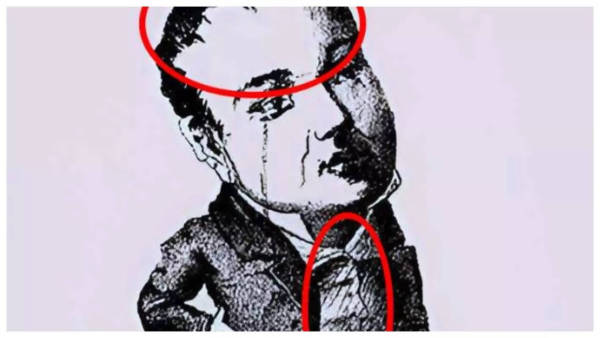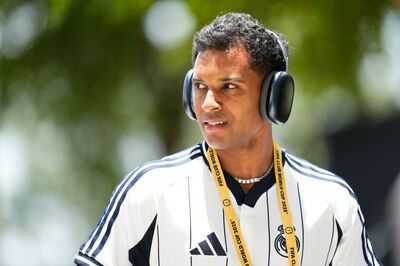Optical illusion: Can you help this upset doctor find his patients in under 10 seconds?
An optical illusion is a visual phenomenon where the brain misinterprets what the eyes perceive. It occurs when the information sent by the eyes conflicts with how the brain processes and understands what it sees. These illusions often trick us into seeing things that are not there, or perceiving objects differently from reality. For example, a still image might appear to move, or two shapes may seem unequal in size even though they are identical.
Help the doctor find his patients
A doctor is supposed to make his patients feel better, and that too quickly! However, this doctor here is caught in an extremely tricky dilemma! Two of his patients are not just unwell, but have gone missing too, disturbing him. Here he is waiting for them till eternity, all upset and sad. Can you help the doctor find his missing patients? They are there somewhere in the picture. However, a word of caution. You have just 10 seconds to identify the sneaky patients, who are probably hiding from the doctor! And your time starts now!
The reveal
Give up? The patients are actually hiding somewhere in the doctor himself, as you can see. Here, we have marked out the patient's faces for your convenience. Tricky one it was, right? Well in that lies all the fun!

Types of optical illusions
There are three main types of optical illusions:
Literal Illusions: These occur when the brain combines elements of an image to create something that doesn’t exist. For example, an image might look like two faces or a vase depending on how you interpret it.
Physiological Illusions : These are caused by overstimulation of the visual system, such as excessive exposure to light, movement, or color. They can create effects like afterimages or motion illusions.
Cognitive Illusions: These rely on how the brain subconsciously interprets information. Examples include illusions like the Müller-Lyer illusion, where lines appear longer or shorter due to surrounding shapes.
How do optical illusions work ?
Optical illusions occur because of the way our brain processes visual information. The human vision system is complex but not perfect. When light enters the eyes, it is converted into signals by the retina and sent to the brain for interpretation. The brain uses past experiences and patterns to fill in gaps and make sense of what it sees.
Help the doctor find his patients
A doctor is supposed to make his patients feel better, and that too quickly! However, this doctor here is caught in an extremely tricky dilemma! Two of his patients are not just unwell, but have gone missing too, disturbing him. Here he is waiting for them till eternity, all upset and sad. Can you help the doctor find his missing patients? They are there somewhere in the picture. However, a word of caution. You have just 10 seconds to identify the sneaky patients, who are probably hiding from the doctor! And your time starts now!
The reveal
Give up? The patients are actually hiding somewhere in the doctor himself, as you can see. Here, we have marked out the patient's faces for your convenience. Tricky one it was, right? Well in that lies all the fun!

Types of optical illusions
There are three main types of optical illusions:
Literal Illusions: These occur when the brain combines elements of an image to create something that doesn’t exist. For example, an image might look like two faces or a vase depending on how you interpret it.
Physiological Illusions : These are caused by overstimulation of the visual system, such as excessive exposure to light, movement, or color. They can create effects like afterimages or motion illusions.
Cognitive Illusions: These rely on how the brain subconsciously interprets information. Examples include illusions like the Müller-Lyer illusion, where lines appear longer or shorter due to surrounding shapes.
How do optical illusions work ?
Optical illusions occur because of the way our brain processes visual information. The human vision system is complex but not perfect. When light enters the eyes, it is converted into signals by the retina and sent to the brain for interpretation. The brain uses past experiences and patterns to fill in gaps and make sense of what it sees.
Read more









